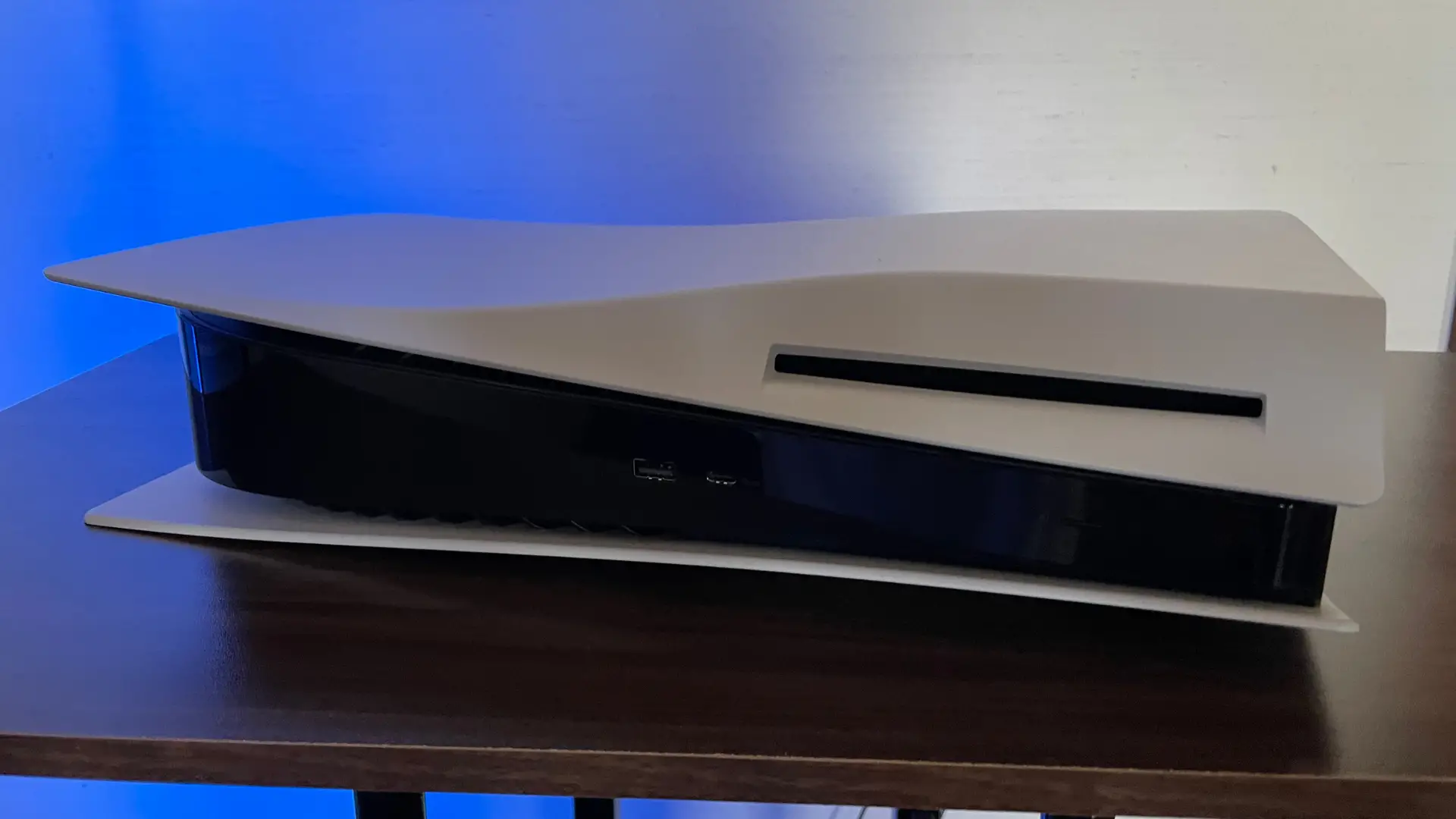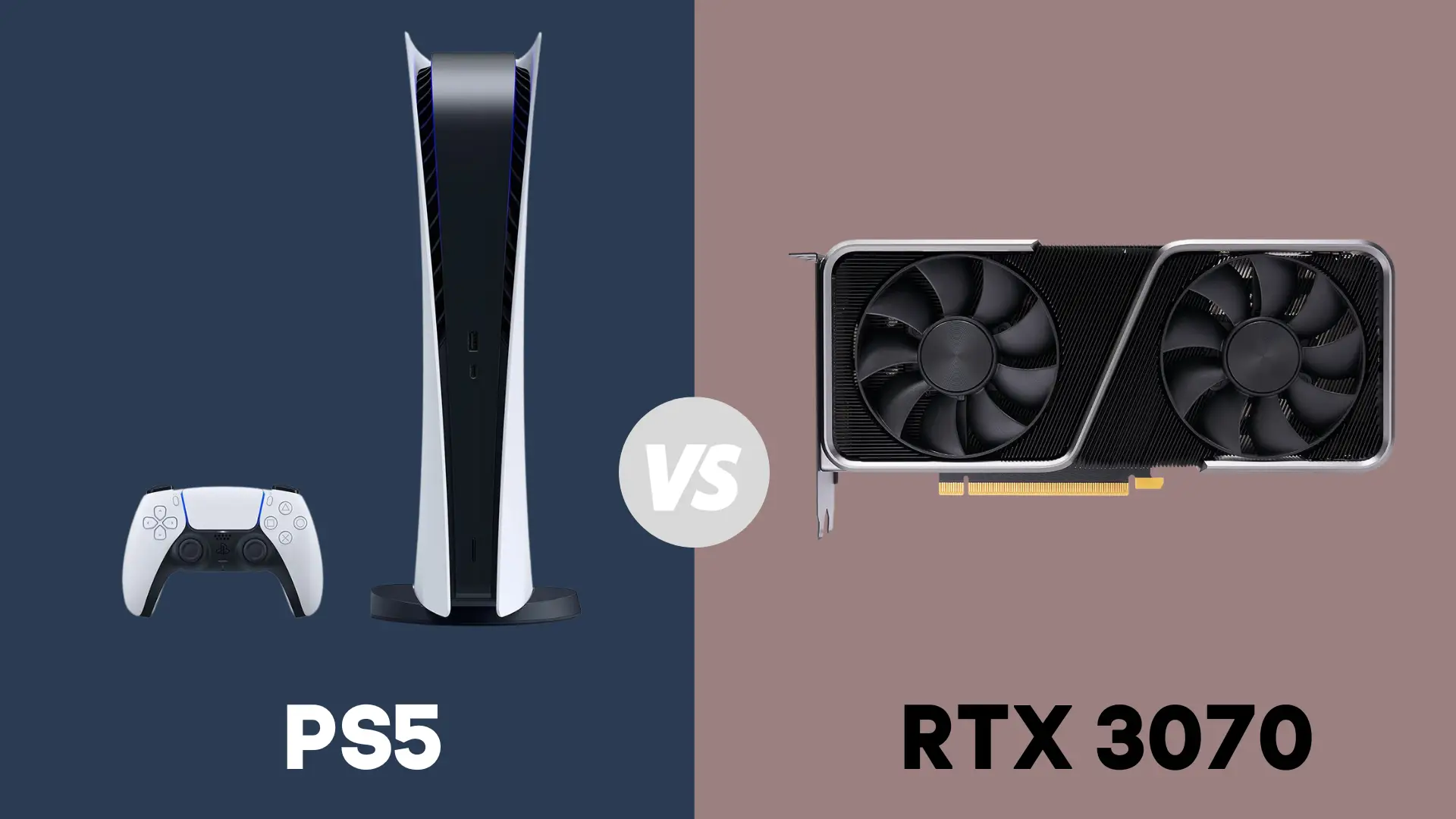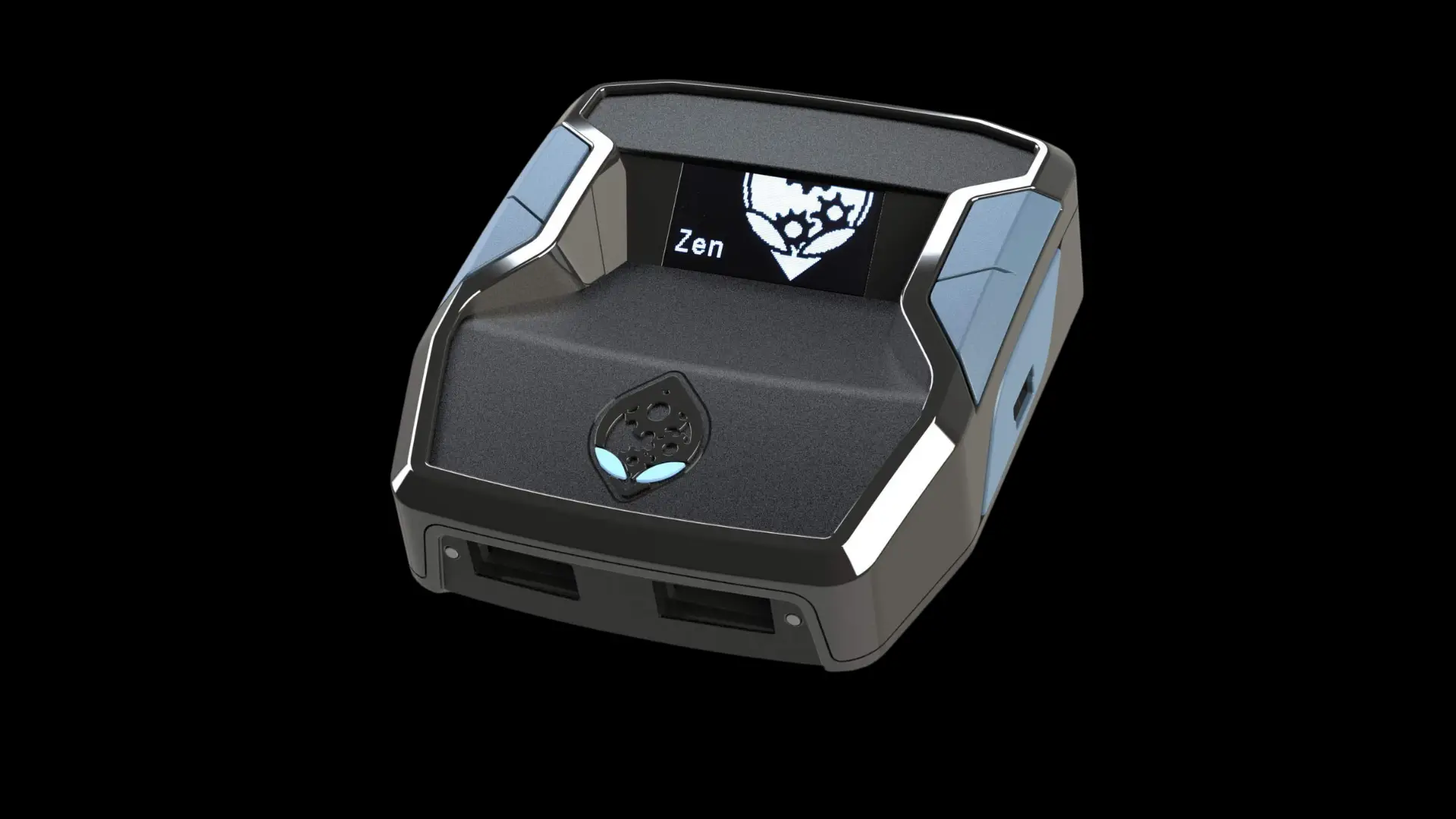Dell Monitor Keeps Entering Power Save Mode? (How to Fix in Seconds)

Dell monitors have a power save feature that turns off your monitor automatically when your computer isn’t being used. While this feature can reduce energy costs and keep your monitor in good condition, it can also be a source of frustration if your monitor is entering power save mode all the time.
There are several reasons Dell monitors continually enter power save mode for a number of reasons. It’s possible that your monitor is overheated or that there’s an issue with the RAM, motherboard, or power supply. No matter what the source of the problem is, you can fix your monitor with some troubleshooting.
Since Dell Monitors enter this mode for different reasons, you’ll want to identify the source of the problem so that you can find the appropriate solution. Read on to learn what you can do to address and prevent issues with power save mode.
Why Do Dell Monitors Go Into Power Save Mode?
Normally, monitors are supposed to enter power save mode when the computer hasn’t been used for a pre-specified period of time. However, if your monitor has been going into power save when your computer is in use, it may be a sign of a deeper problem.
It’s best to start with some troubleshooting so that you can figure out what’s causing your issues. Check your video cables to make sure that none of them are loose, damaged, or disconnected. Put your hand against your monitor when it switches off to see if it’s hot to the touch. If your monitor is running very hot, there’s a good chance your problem is overheating.
If you can’t find an obvious solution to your problem, you should run the Windows Memory Diagnostic program to see if there’s an issue with your RAM. To run a test, follow these steps:
1. Launch Windows Memory Diagnostic
Open your Start menu and type “Windows Memory Diagnostic.” Once the program pops up, click to launch the application.
2. Check for Problems
Select “Restart Now and Check for Problems” to run a test immediately. Make sure that open programs are saved before you restart.
3. Look Over Your Results
When the test is complete, your computer will restart automatically. A message with the results of your test will pop up on the screen during this time. If you do have bad memory, you’ll need to replace it to keep your computer from going into power save mode.
You can get additional information by running diagnostics on your monitor. You can do that by following these steps:
1. Put Your Monitor In Self-Test Mode
Unplug the video cable from the back of your monitor. This will automatically put the monitor in self-test mode.
2. Start Diagnostics
Press and hold down Buttons 1 and 4 on your monitor for two full seconds. The screen should turn gray. Check to see if there are any screen abnormalities before moving on to the next step.
3. Continue Testing
Press Button 4 again to move on to the next stage of the test. Your screen should change to red. Check for abnormalities, and then press the button again to change the color of your monitor. Continue this process until the screen is white again. If you don’t see any screen abnormalities during this test, your monitor is working properly.
How to Fix a Dell Monitor that Keeps Entering Power Save Mode
Once you know what’s causing the problems with your monitor, you can take steps to solve the issue. Some problems are easy to fix, while others require a more complex solution. Read on to find the right solution for your monitor.
Loose Cables
Chronically loose power cables can impact your computer’s performance, causing a range of issues. If any of your cables show signs of damage, they should be replaced as soon as possible. For a quick fix, you can use electrical tape to keep your cables in place.
If your cables are loose even though they’re in good condition, it’s possible that there’s an issue with your Power Supply Unit (PSU). A failing PSU should be replaced as soon as possible. PSU failure will eventually keep your computer from turning on at all.
Overheating
If your Dell monitor is overheating, you should shut down your computer and unplug the monitor. Once it’s cooled completely, you can plug it back in again. To keep the monitor from overheating in the future, you should use canned air to clean out any dust blocking its vents.
It’s also a good idea to keep the area around your monitor as cool as possible. When you’re using your computer, you may want to run a fan so that air is able to properly circulate throughout the room.
RAM Issues
If you have bad memory, you’ll need to test each RAM module to find out which one is causing your problems. The easiest way to find faulty modules is by process of elimination.
Remove one of your RAM modules and run Windows Memory Diagnostics. If it still tells you that you have memory issues, replace that module and remove another one. Repeat the process until you have a clean result from the diagnostic. Once you know which RAM modules are bad, they should be replaced.
A Faulty Motherboard Battery
If your current motherboard battery is dead or experiencing performance issues, it should be removed and replaced. Locate the battery and take a picture so that you won’t forget the direction it’s placed in. Using a screwdriver, remove the battery from your motherboard.
Check the ratings of your old battery and find a replacement with the same rating. Using your photo as a reference, place and secure your new battery. Power on your computer to confirm that the new battery has been properly installed.
How to Get a Dell Monitor Out of Power Save Mode
Your Dell monitor will go black when it enters power save mode, but that doesn’t mean it’s turned off. Pressing the power button on the monitor will shut the monitor off. You’ll need to turn the monitor back on to see the screen again.
Instead of reaching for your power button, you can wake it back up by pressing any key on your keyboard or moving your mouse. Your monitor should immediately light back up.
If your monitor is displaying a screensaver when it comes back on, it’s in stand-by mode. Press any key or click your mouse, and you’ll be prompted to enter your username or password. From there, you should be able to use your computer normally. If this continues to be an issue, go through the troubleshooting steps outlined above.
What to Do If Your Monitor Is Stuck in Power Save Mode
If your Dell monitor isn’t coming out of power save mode, you have a few options. To start, press the “-” button on the monitor. Continue to press the button until you see the word “Analog.” Wait one minute, then try waking your monitor up again.
If that doesn’t seem to do the trick, try unplugging your monitor from the power cable. Wait for 30 seconds, then hit the power button on your monitor. You should see color bars appear on the monitor, indicating that it’s no longer connected to a PC. Plug the cable back in again, turn your monitor on, and see if you can bring it out of power save mode.
As a last resort, you can hold down the power button on your PC to restart your computer. This will cause you to lose any files or data that hasn’t been saved. When you turn your computer back on, you may want to adjust the power save settings to keep this from happening again.
How to Disable Power Save on a Dell Monitor
Even if your monitor is only entering power save when it’s supposed to, this setting can cause problems. Power save can keep you from receiving important notifications, and some programs stop running when your computer goes into power save mode.
Thankfully, it’s easy to change your power save settings or disable this mode entirely. You can access power save settings for your Dell monitor with these steps:
1. Right-click on your desktop to open the Display menu.
2. Select “Properties,” then click on “Screensaver.”
3. Choose when you want your monitor to turn off automatically. If you want to disable power save, select “Never.”
4. Click “Apply” to confirm these changes.
Windows 10 also has built-in power save settings, and you’ll need to adjust those settings as well to completely prevent issues with power saving. You can access those settings by following these steps:
1. Open the Control Panel from the Start menu.
2. Select “Hardware and Sound” and then “Choose a Power Plan” under “Power Options.”
3. Select “Edit Plan Settings.”
4. Specify when you want your monitor to go into power save mode. If you want to disable power save, select “Never.”
5. Select “Save Changes” to confirm the new settings. You may have to restart your computer for the changes to take effect.
- How to Pair Meta Quest 3 Controllers with Your Quest 3 Headset: A Quick Guide
- How to Charge Meta Quest 3: A Guide to Powering Up Your VR Experience
- How to Cast Meta Quest 3 to Samsung TV: A Step-by-Step Guide
- How To Factory Reset Your Meta Quest 3: A Step-by-Step Guide
- How to Power On and Off the Meta Quest 3





